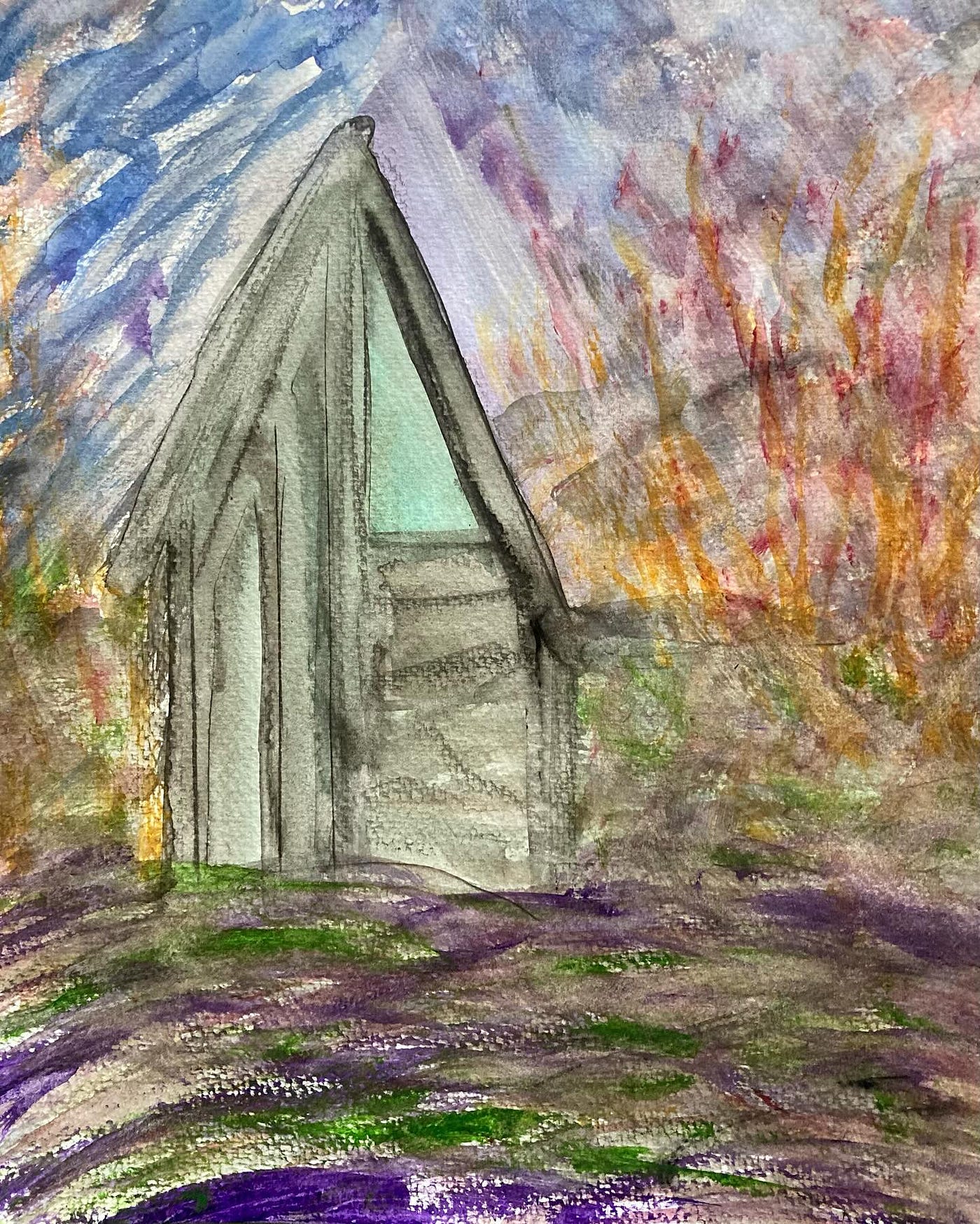Rick Rubin’s book, The Creative Act: A Way of Being is a how-to guide and religious-like affirmation for people living the artist’s life.
The author provides tips learned from decades of producing hit records, but the book is bigger than a self-help manual for those living the artist’s life. While it’s 400-plus pages in length, the prose is breezy and pleasing to take in, while driving home a central message about the individual and societal value of of making art.

For a practicing artist, there are moments of recognition in the book, places to pause and realize how the struggle to make art — to successfully craft ideas into something powerful and uniquely expressive — is universal, and however you’re doing it, you’re doing it right, provided you’re making work that pleases you and helps you connect with others.
Rubin writes:
One of the greatest rewards of making art is our ability to share it. Even if there is no audience to receive it, we build the muscle of making something and putting it out into the world. Finishing our work is a good habit to develop. It boosts confidence. Despite our insecurities, the more times we can bring ourselves to release our work, the less weight insecurity has.
Finishing a work so you can share it is a focus of his instruction to artists. I find it encouraging that perfection is not the goal, because the need for perfection is unrealistic and beside the point. The goal is to express important ideas in an artistic way, which helps make a bridge to other people who want to connect with what you’re putting into the world.
The goal is also to play and remain childlike and “see the world through uncorrupted, innocent eyes.” This is a transferable business skill, by the way, because it’s critically important for business owners and operators to ask ‘why?’ over and over like a child would. The goal is to remove built-in assumptions, to more clearly see the path forward.
Rubin writes:
We’re not playing to win, we’re playing to play. And ultimately, playing is fun. Perfectionism gets in the way of fun. A more skillful goal might be to find comfort in the process. To make and put out successive works with ease.
I love the idea that we are ultimately freed by our reliance on process. The work of making art isn’t conventional, but it is work, and something to get better at doing.
You Look Good In Rick Rubin’s Mirror
I came to Rubin’s book after three-plus decades as a paid, professional writer. I also came to his pages as a beginning painter. In each case, I find the book instructive and important. It’s helpful to read a book that validates the way you see the world and behave.
Living life as an artist is a practice. You are either engaging in the practice or you’re not. It makes no sense to say you’re not good at it. It’s like saying, ‘I’m not good at being a monk.’ You are either living as a monk or you’re not. We tend to think of the artist’s work as the output. The real work of the artist is a way of being in the world.
Via unwavering dedication and regular practice, an artist becomes a stronger, more self-realized version of themselves. The practice is the point, not any one piece that’s been created. You let go of the pieces you make and move on to the next while continuing to refine and master your practice, forever.
Creative People Will Help You Make Better Decisions and Better Products
I write often about the art and science of marketing, and how we undervalue the art side of the equation. The artists in your midst, including the artists inside your company right now are people with big ideas and the will and talent to pursue and complete them. The company that values and rewards these artists and makes it so they can pursue innovative new solutions to the same old problems, is the more attractive and prosperous company. Be that company!
–
Super short bio: I wrote my first ad campaign for a political candidate when I was 17 years old. She won her race and the hook was set. I have been in pursuit of notable wins for my employers and clients ever since.
